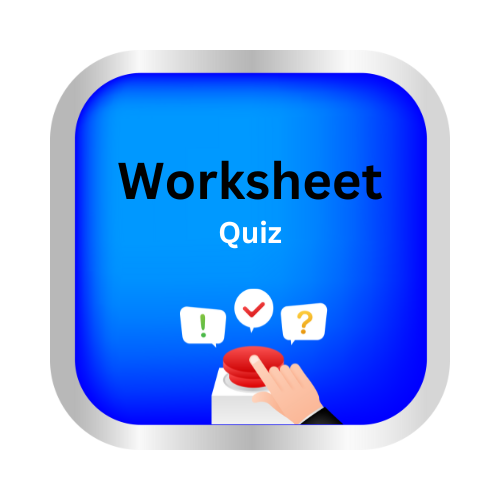Identify the complete subject of a sentence
key notes:
🌟 Identify the Complete Subject of a Sentence 🌟
| What is a Subject? |
The subject of a sentence tells us who or what the sentence is about.
Example: 🐶 The little dog runs fast.
- Who runs fast? → The little dog ✅
| Complete Subject vs Simple Subject |
Complete Subject = includes the main noun + all the words that describe it
Simple Subject = just the main noun or pronoun
Example:
🌸 Sentence: The bright yellow flowers bloom in spring.
- Complete Subject → The bright yellow flowers
- Simple Subject → flowers
| How to Identify the Complete Subject |
- Ask the question: “Who or what is this sentence about?” 🤔
- Look for all the words describing the main noun ✨
- Everything before the verb is usually the subject
Example:
🚴♂️ Sentence: My brother on the bicycle rides to school.
- Verb → rides
- Complete Subject → My brother on the bicycle ✅
| Tips & Tricks |
- 🌟 Look for describing words: adjectives, articles (a, an, the), or phrases that tell more about the noun
- 🌟 Ignore the verb – the subject comes before the action
- 🌟 Sometimes it’s tricky if the sentence starts with “There is/are”
Example:
🌳 Sentence: There are many birds in the tree.
- Complete Subject → many birds in the tree ✅
| More Fun Examples |
- 🐱 The fluffy cat with green eyes sleeps on the sofa. → Complete Subject = The fluffy cat with green eyes
- 🚗 My dad’s new car is very fast. → Complete Subject = My dad’s new car
- 🏫 The students in my class are very smart. → Complete Subject = The students in my class
| ✅ Remember: |
- The complete subject is all about WHO or WHAT the sentence is talking about, including any words that give more detail about the main noun.
Let’s try some problems! ✍️

